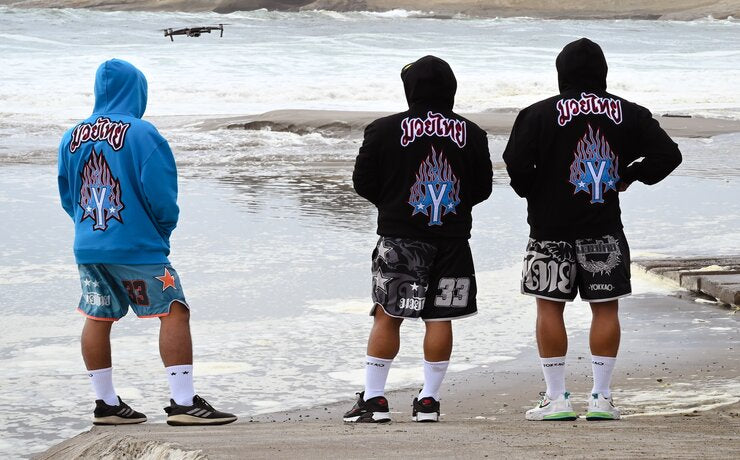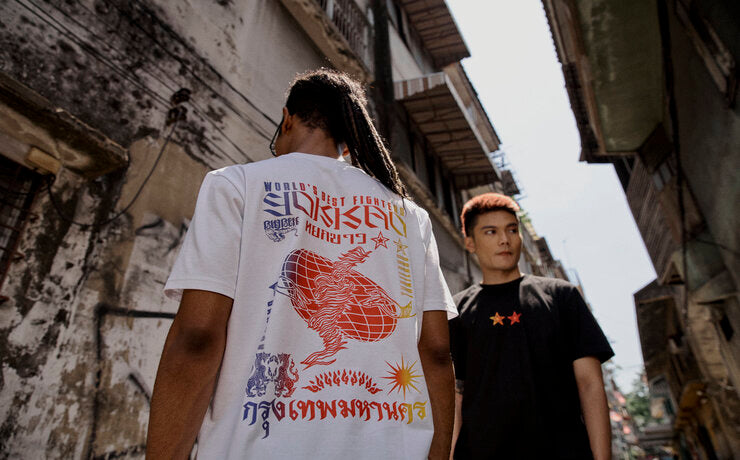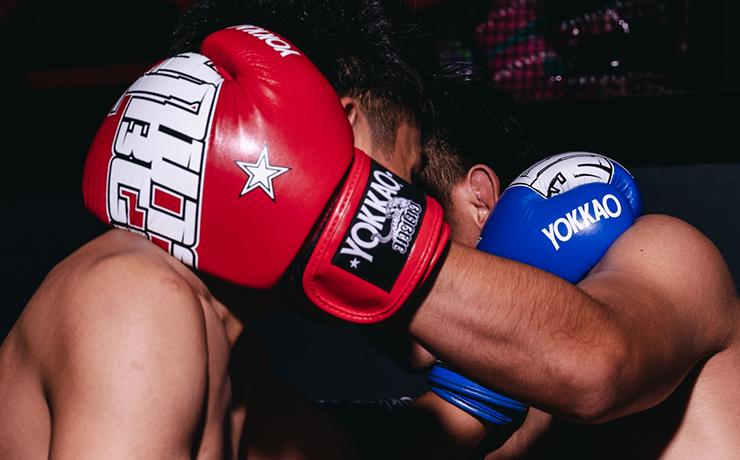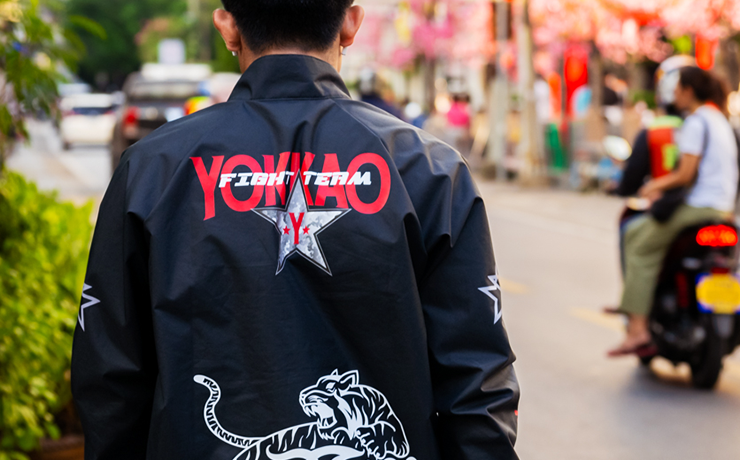Importance of Warm-up and Cool down for Muay Thai

Muay Thai subscribes to many of the same ideas that perpetuates through the sports world. Professional Muay Thai fighters in Thailand fight every month so they undergo a very intense training schedule. Hence like any other competitive sport, athletes and their trainers strive to achieve the best possible results while reducing the risk of injuries in training. A standard Muay Thai training session begins with a warm-up, followed by main part (consisting shadow-boxing, padwork, bagwork, sparring and clinching) and finishes off with a cool-down. While the bulk of the work is performed during the main part, the warm-up and cool-down phase of each session is critical to improve performance, achieve maximum gains and minimize injuries. Every successful Muay Thai fighter sticks to this age-old formula which has serve the fighting community well.
Warm Up
Warming up helps to gently prepare the body for exercises and to reduce the risks of injuries. This is achieved by a gradual increase of heart rate and blood circulation which loosens the joints and increase blood flow to the muscles In Thai gyms, a warm-up run is a crucial component of the training. Some fighters also begin each training by rubbing Thai liniment oil which helps to warm the muscles. The most common warm-up routine is to go for a long leisure-paced jog as that also helps in strengthening their aerobic fitness. Thai fighters often do this twice a day, 6 days a week, as part of their training. They clock between 5 to 12 km (3 to 7 miles) each run before returning to the gym. An alternative to running as a warm-up exercise is skipping. With a heavy jump rope, the exercise also helps to strengthen shoulder, calf as well as hand muscles. Skipping for 15 to 20 minutes before each training can lead to considerable improvements especially with kicks and stamina. Lastly, the warm-up completes with stretching which increases flexibility and the range of motion for the joints. This helps to prevent pulled muscles and muscle strains. Foam rolling is an increasingly popular way to warm up as it stretches and relieves tight tendons and muscles. With that, the fighter is ready for the intense training ahead.Cool Down
Equally important is the cooling down after a hard session. The purpose of the cool-down is to gradually return the heart to its normal resting level. Cooling down also helps to prevent the buildup of lactic acid and minimizes delayed onset muscle soreness. Many Muay Thai gyms finish up with strength training like bodyweight or free weights exercises. Some common exercises include push-ups, pull-ups, and sit-ups. If there is no running before the training, some gyms may opt for an easy jog during this time. The session then ends off with stretching exercises to relieve muscle tension. For athletes who have a fight coming up, they may also receive a massage from trainers or gym mates for rejuvenation. Never underestimate the benefits of warm-up and cool-down exercises in Muay Thai, or any sport for that matter. They keep a fighter in tip-top condition to make the best gains in training and prevent unnecessary injuries that will keep them out of action. Consistency is key. Make every workout count.YOKKAO Training Center Bangkok
Make your workout count at the YOKKAO Training Center in downtown Bangkok. The camp is the home of Muay Thai superstars Saenchai, Singdam, and the young talent, Manachai. With the best fighters and trainers, topped with world-class training, it is now visited daily by Muay Thai fans from all over the world who immerse themselves in a truly authentic Muay Thai training environment. Book a training at YOKKAO Training Center Bangkok now!










